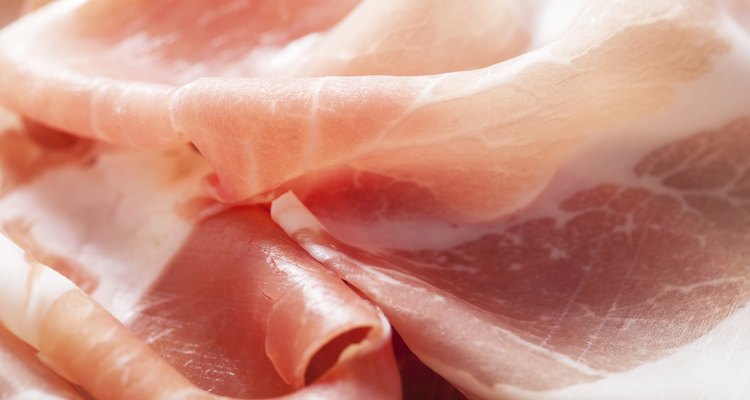
OlgaMiltsova/iStock/Getty Images
When it comes to ham, "Black Forest" describes a method of preparation. According to food information resource Practically Edible, it's the process that makes it special. Traditionally, the ham is rubbed in a mixture of spices and salt, then cured for a month to a month and a half. Once cured, the preparers then smoke and air-dry the smoked ham. Nutritionally, Black Forest hams are similar, but not identical, to other hams.
Serving Size and Calories
Boar's Head, a deli meat company, distributes nutrition information about their Black Forest ham. However, their label gives a 2 oz. serving size. According to Hillsboro, Oregon, caterer Dave Coffman, a typical ham serving is closer to 4 oz. A 4-oz. serving of Black Forest Ham contains 160 calories, 10 of which come from fat.
Fat Profile
Four ounces of Black Forest ham contains 2g of fat. None of the fat is saturated or trans fat, which are the fats that contribute to unhealthy LDL cholesterol. The fats in Black Forest ham are unsaturated, meaning they contribute to HDL cholesterol, which actually can improve overall heart health.
Carbohydrate Profile
There are 4g of carbohydrates in a serving of Black Forest ham, with all of them being simple sugar carbohydrates. Harvard nutritionist Walter Willett writes that simple carbohydrates are hard on the pancreas and can lead to fluctuating blood sugar levels. However, because the carbohydrates provide less than 2 percent of your daily value for carbs in Black Forest ham, this is less of a concern than in other, carb-heavy foods.
Protein
Meat delivers protein better than any other kind of food, according to Willett. A typical serving of Black Forest ham brings 20g of protein to the table. This is half the USDA recommended daily intake. Note also that ham, like all meats, delivers complete proteins without the need to combine it with other foods.
Vitamins and Minerals
Ham is rich in B vitamins and important minerals. Four oz. delivers 60 percent of your daily allowance of vitamin B1, 28 percent of your B2, 26 percent of your B6, and 16 percent of your B12. It provides 5 percent of your iron and 13 percent of your zinc. On the riskier side, a serving also carries more than 1,000mg of sodium, which is almost half your daily allowance.
Related Articles

How to Carve a Spiral Cut Ham
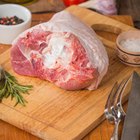
How to Cook a Small Turkey Ham in a ...
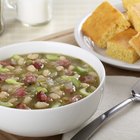
Ham & Bean Soup Nutritional Value
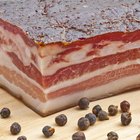
How Do I Cook a Black Forest Ham in a ...
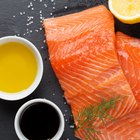
Calories in Wild Alaskan Salmon

Nutritional Facts of Fava Beans

How Many Calories Are in Smoked Ham?

How to Store Uncooked Smoked Ham

How to Fully Cook a Hickory Smoked Ham
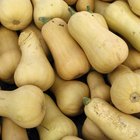
How Many Calories Are in Butternut ...

A List of Foods That Contain Choline
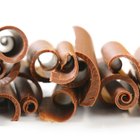
Cocoa Butter Nutrition

Provolone Cheese Nutrition Information

How to Cook Pork Hamonado

Why Do Pork Chops Turn White?
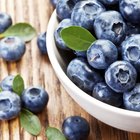
The Carbohydrates in Blueberries

Nutrition Information on Blueberries

How Do I Roast a Picnic Ham?
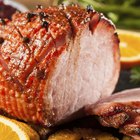
How to Cook Ham in a Roaster
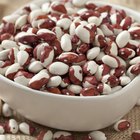
The Nutritional Value of Anasazi Beans ...
References
- "Eat, Drink and Be Healthy"; Dr. Walter Willett, et al; 2006
- Dave Coffman; Professional Chef & Caterer; Hillsboro, Oregon
Writer Bio
Jake Wayne has written professionally for more than 12 years, including assignments in business writing, national magazines and book-length projects. He has a psychology degree from the University of Oregon and black belts in three martial arts.
Photo Credits
OlgaMiltsova/iStock/Getty Images